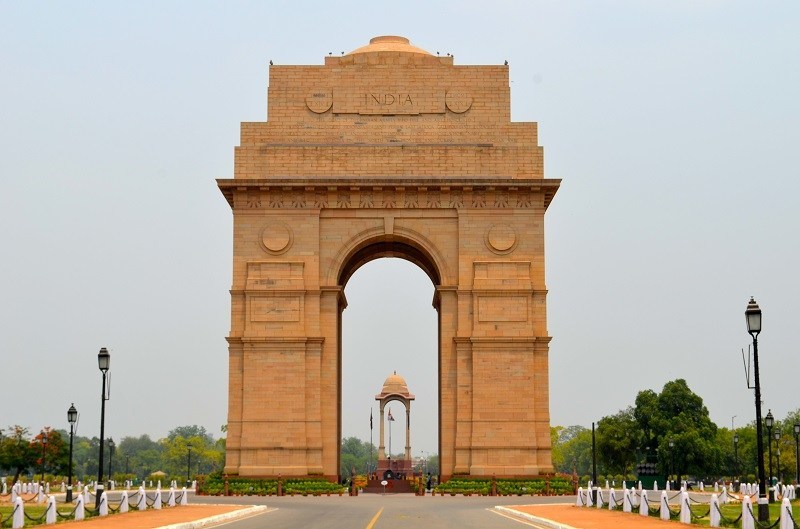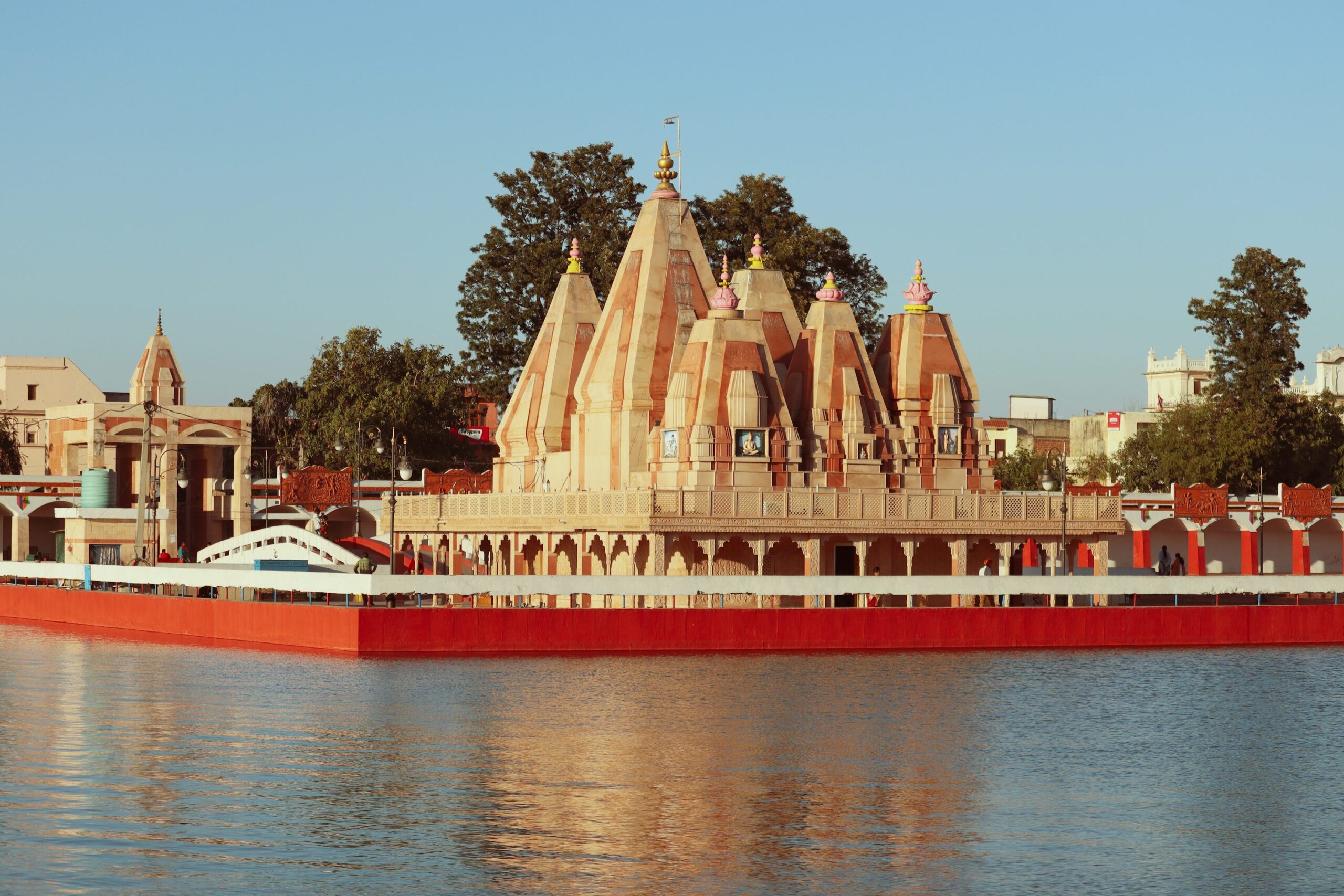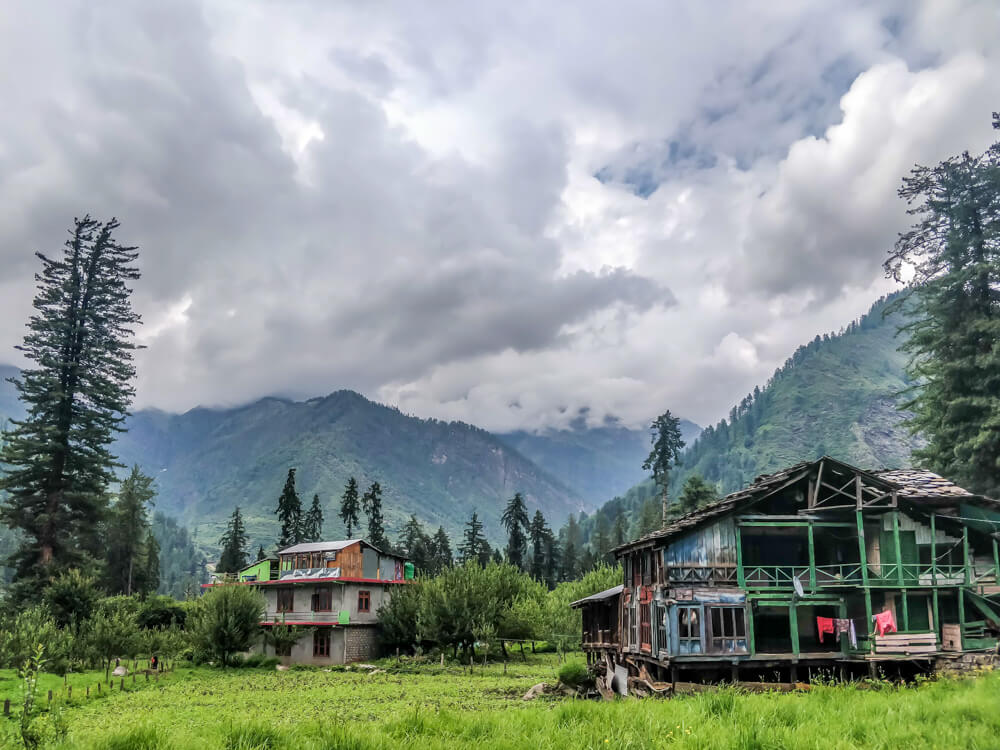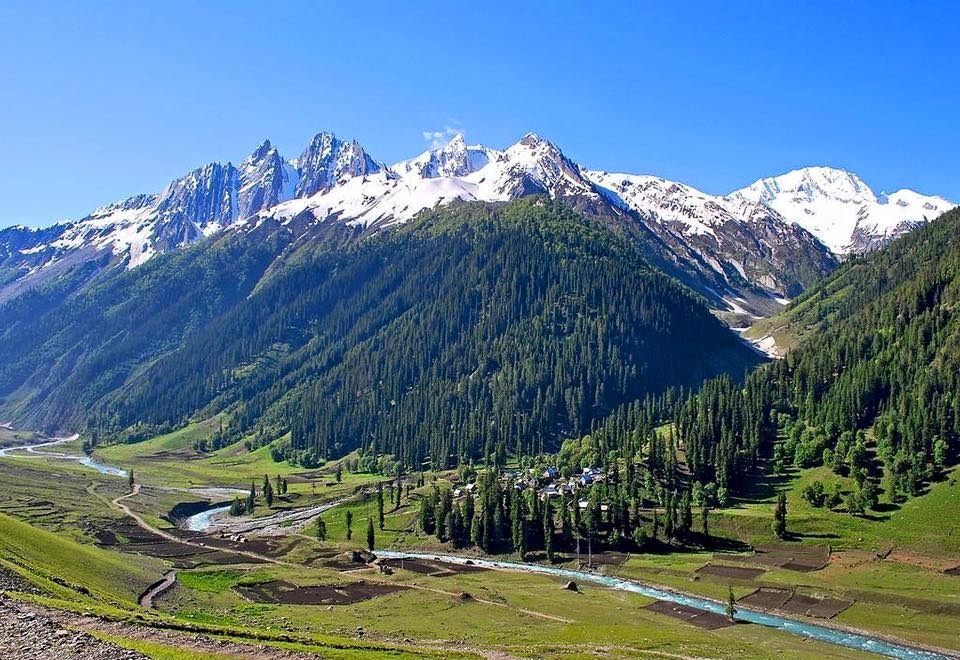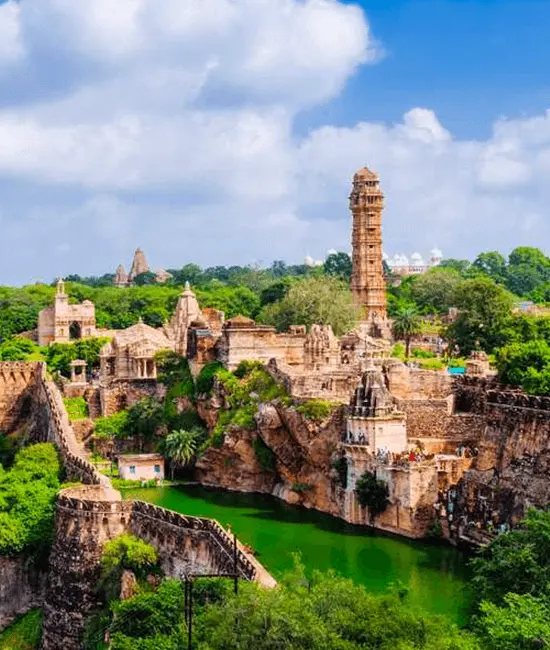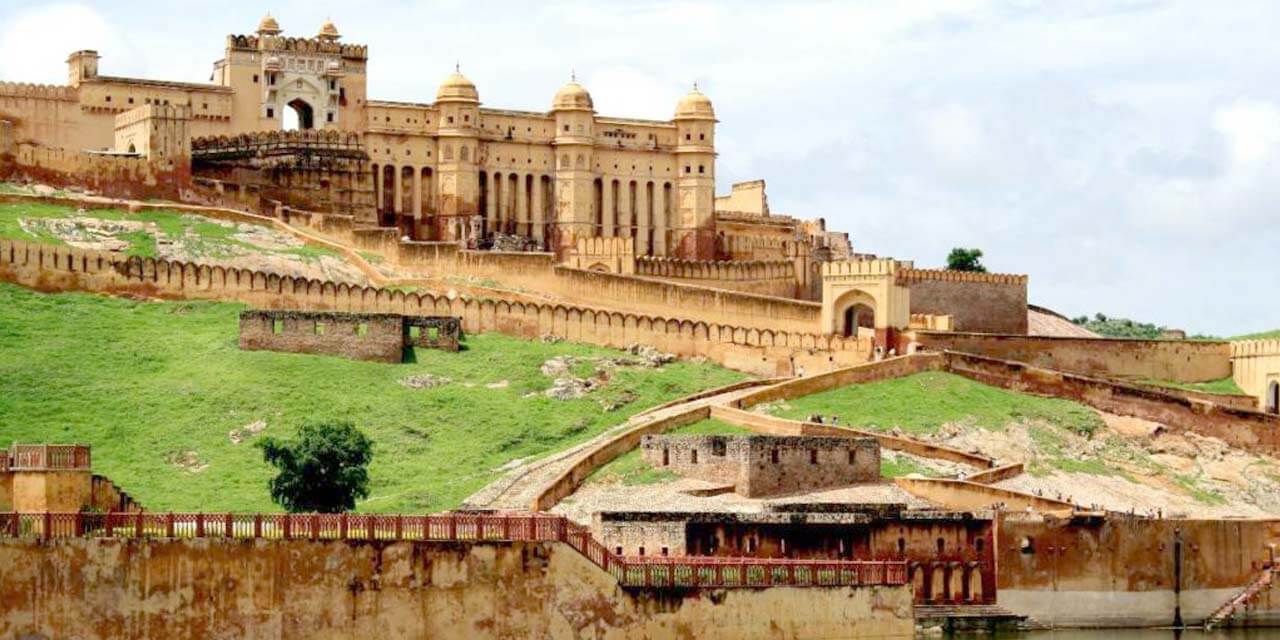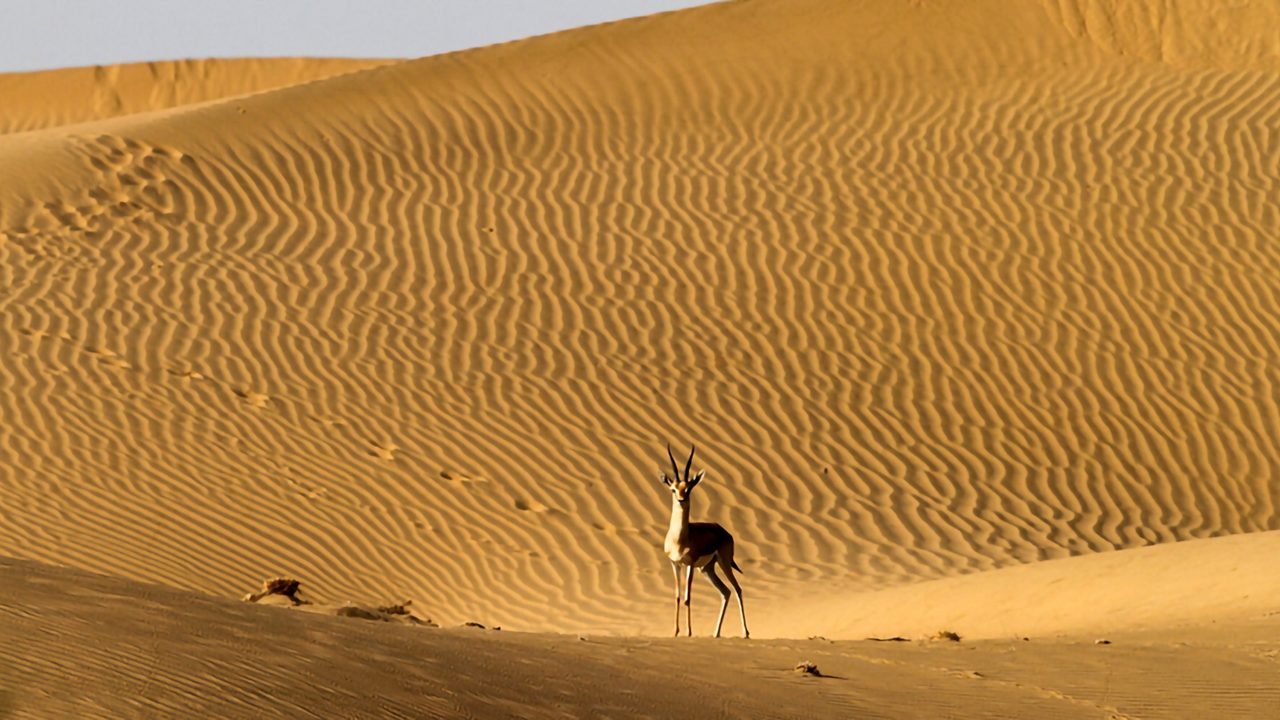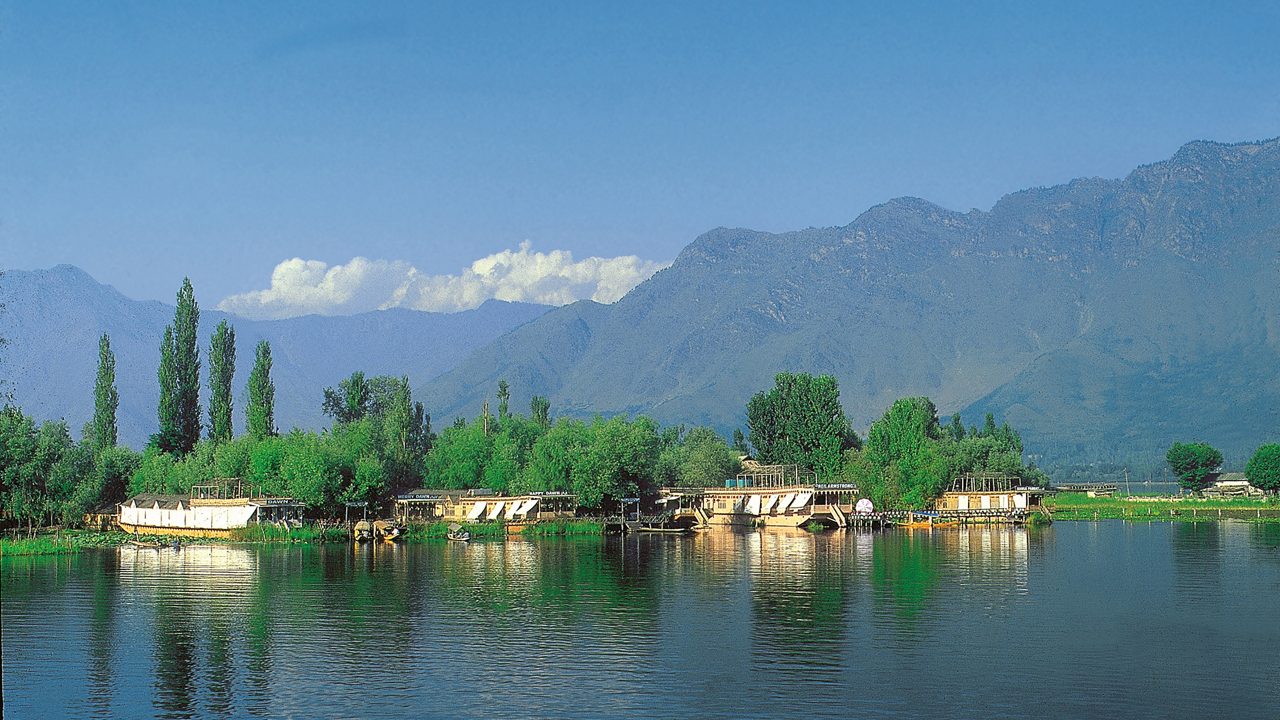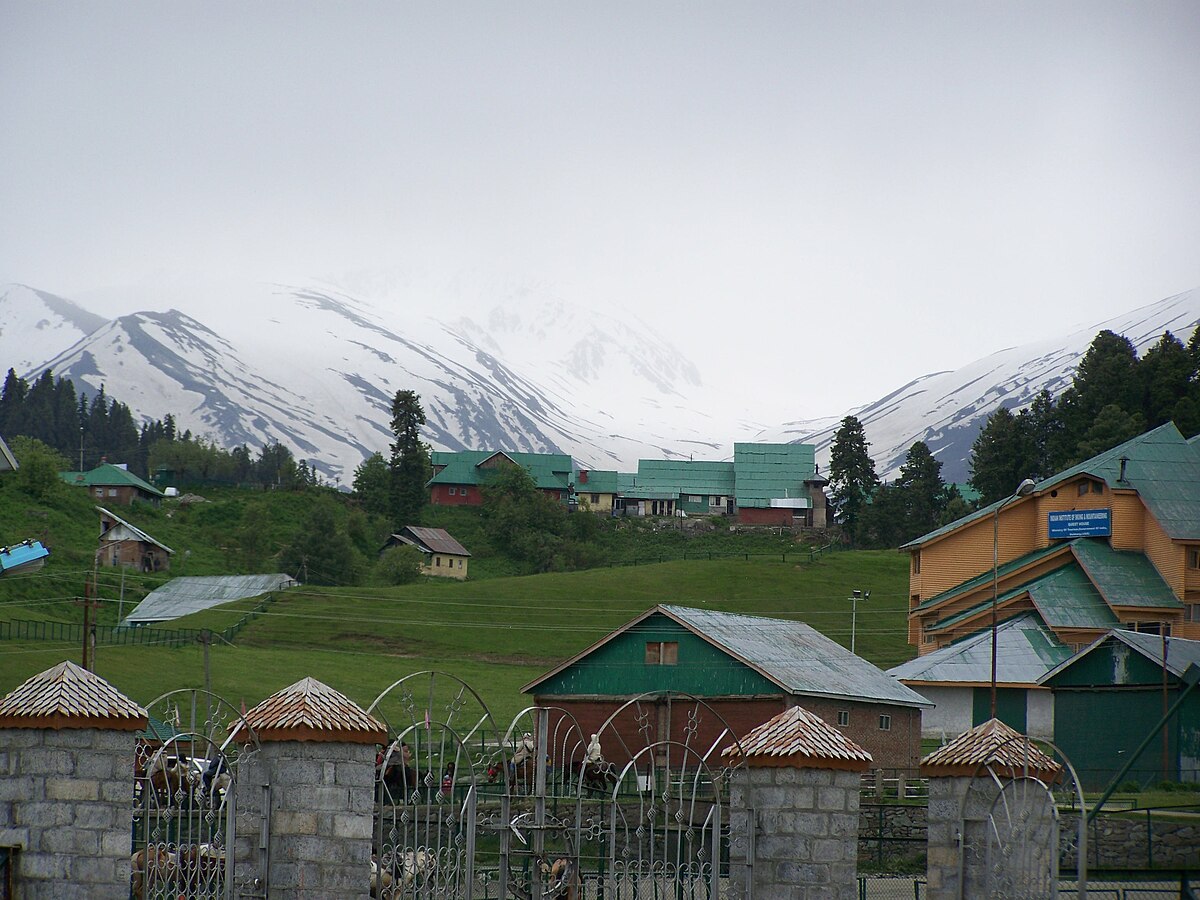¤ 67 minute Read
North India
It is a land of majestic Himalayas, grand forts, and spiritual centers, offering a vibrant blend of history, culture, and natural beauty.
States in North India
Delhi
Delhi, India’s capital, is a dynamic mix of historic landmarks like the Red Fort and Qutub Minar with thriving markets and modern urban charm
Haryana
Haryana, the land of the epic Mahabharata’s Kurukshetra, is famed for its sacred sites, folk traditions, and rural charm.
Himachal Pradesh
Himachal Pradesh, nestled in the Himalayas, is known for its scenic hill stations, adventure sports, and spiritual retreats.
Jammu & Kashmir
Jammu and Kashmir, often called “Paradise on Earth,” is renowned for its breathtaking valleys, snow-clad mountains, and rich cultural heritage
Punjab
Punjab, the land of vibrant culture and hearty traditions, is famed for its Golden Temple, lush fields, and spirited festivals
Rajasthan
Uttar Pradesh
Uttar Pradesh, India’s spiritual and cultural heartland, is renowned for the Taj Mahal, Varanasi’s ghats, and timeless heritage
Uttrakhand
Uttarakhand, the “Devbhumi” or Land of the Gods, is famed for its sacred Char Dham temples, serene hill stations, and majestic Himalayas
Must-Visit Attractions in North India
Taj Mahal
The Taj Mahal, a UNESCO World Heritage Site in Agra, is a symbol of eternal love, renowned for its stunning white marble architecture.
Jim Corbett National Park
Jim Corbett National Park in Uttarakhand, is famed for its rich wildlife and majestic Bengal tigers.
Jaisalmer Fort
Jaisalmer Fort, the majestic “Golden Fort” of Rajasthan, glows with golden sandstone and stands as a living heritage in the Thar Desert.
Thar Desert
The Thar Desert, also known as the Great Indian Desert, is famed for its golden sand dunes, camel safaris, and vibrant Rajasthani culture.
Dal Lake
Dal lake is a stunning “Jewel of the Valley,” famous for its houseboats, shikaras, and picturesque surroundings
Varanasi Ghats
The ghats of Varanasi, lining the sacred Ganges, are a spiritual hub where pilgrims gather for prayers, rituals, and timeless traditions.
Qutub Minar
Qutub Minar in Delhi, a UNESCO World Heritage Site, is a towering 73-meter minaret showcasing exquisite Indo-Islamic architecture
Gulmarg
Gulmarg in Kashmir, known as the “Meadow of Flowers,” is famous for its snow-clad slopes, lush meadows, and adventure sports like skiing
Folk Dance of Andhra Pradesh
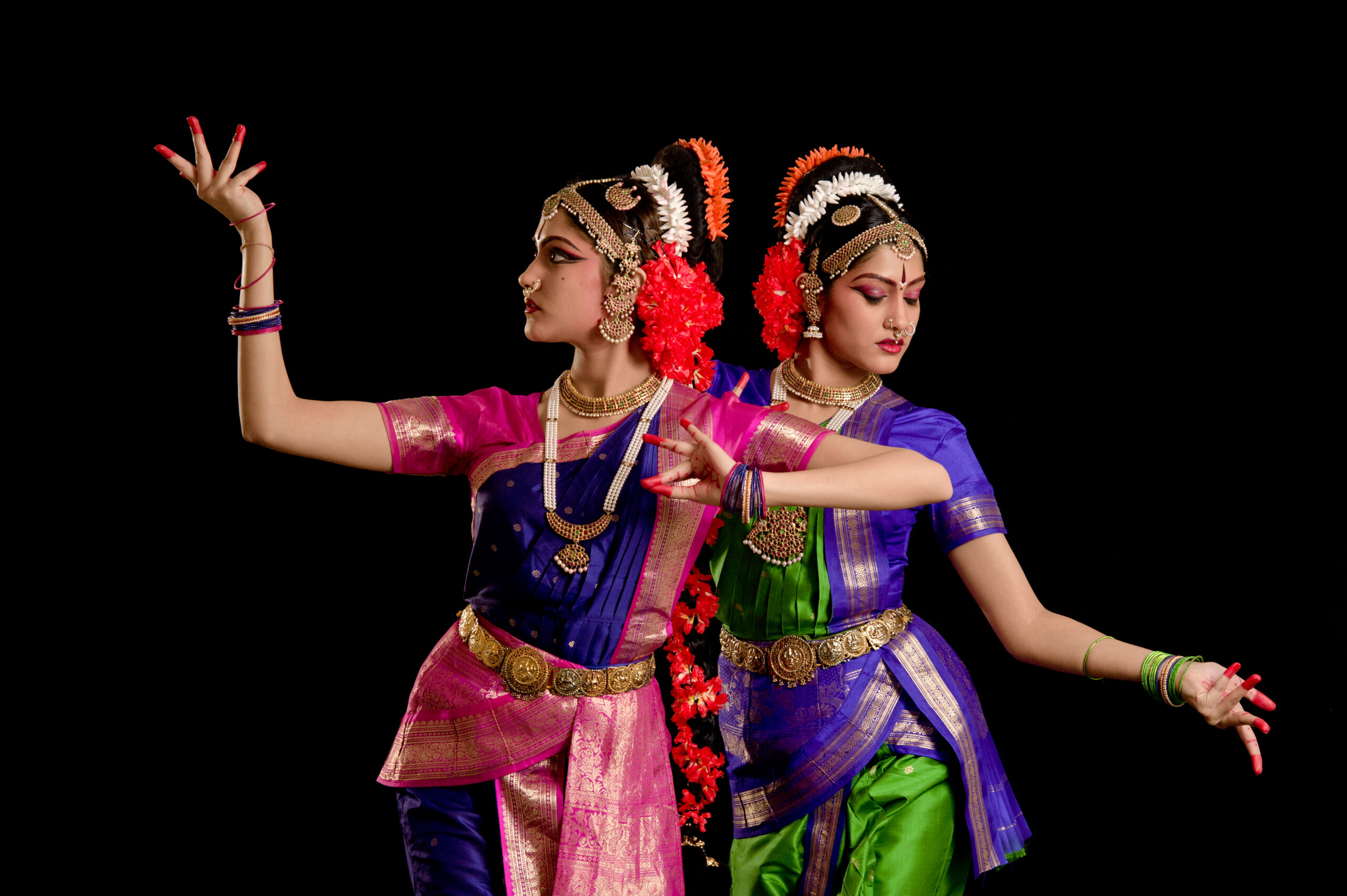
Andhra Pradesh Blogs
- Andhra Pradesh Cultural guide
- Places to visit in Andhra Pradesh
- Places to visit in Andhra Pradesh
- India’s most popular destination
- India’s archaeological marvels
Recommended articles
- Andhra Pradesh Cultural guide
- Places to visit in Andhra Pradesh
- Places to visit nearby Andhra Pradesh
- India’s most popular destination


